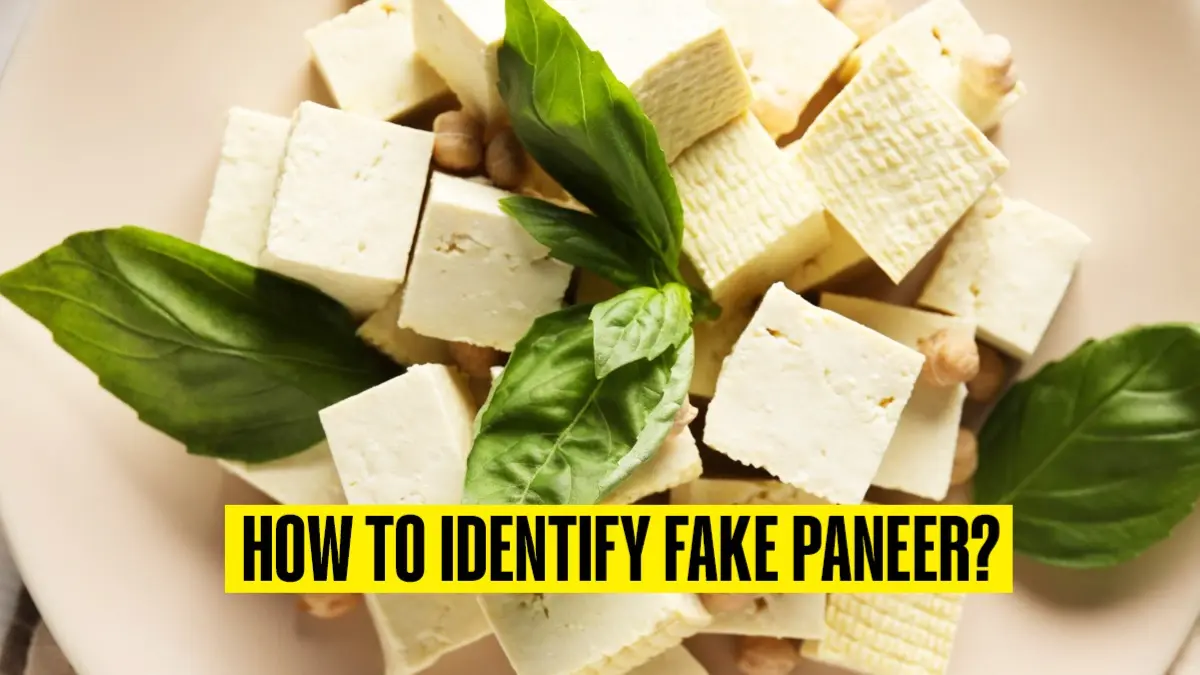Updated 19 April 2025 at 15:54 IST
40% Of Paneer Found Unsafe For Consumption: How To Identify Fake Indian Cottage Cheese
The findings came to light after 702 paneer sample tests and 500 raids were conducted.
- Health News
- 2 min read

Paneer, also known as Indian Cottage Cheese, is one of the most beloved staples that you'll find in the majority of Indian households.
It is a non-melting cheese that is soft, spongy and crumbly in texture and tastes tangy and milky.
Findings revealed 40% paneer was unsafe for consumption
However, in recent development, paneer has taken on a troubling identity, with a staggering 83% of paneer samples tested failing to meet the safety standard and 40% unsafe for human consumption.
Advertisement
The findings came to the spotlight after the food safety authorities in Noida and Greater Noida revealed that they have conducted raids at over 500 spots, and conducted an intensive year-long quality check of 702 food samples.
Surprisingly, the most beloved ingredient in many Indian dishes, paneer, has turned out to be the most compromised item besides flour and rice, as per the findings.
Advertisement

Benefits of Indian Cottage Cheese
Indian cottage cheese is rich in protein and calcium, low in calories, and a good source of vitamin B12, which helps prevent anaemia.
According to WebMD, paneer is an excellent source for improving overall health. It helps balance blood sugar levels, supports muscle recovery, protects thyroid health, keeps you feeling full, and may assist in weight loss.
But, falling into the same trap of fake panneer and consuming one such can have many adverse affect you may not anticipate.
The National Institutes of Health (NIH) states, ‘Symptoms of many types of food poisoning include diarrhoea or bloody diarrhoea, vomiting, abdominal pain, fever, and headache. Most cases of food poisoning are caused by infections with viruses, bacteria, or parasites, while harmful chemicals also contribute to some cases.’
Identifying fake paneer: Tips and tricks
To help you dodge a bullet, here are a few ways you can identify fake paneer and always choose fresh and authentic paneer.
- Check the texture of the paneer to ensure it is soft and crumbly, not rubbery or plastic-like.
- Try burning a small piece of paneer to test its quality; if it smells like plastic, it could be synthetic.
- Drop a cube of paneer into hot water; if it turns rubbery, it is likely synthetic.
- The best test is the iodine test, place crushed paneer in a drop of iodine; if it shows blue or black discolouration, it is fake paneer.
Published By : N. Lothungbeni Humtsoe
Published On: 19 April 2025 at 15:07 IST
